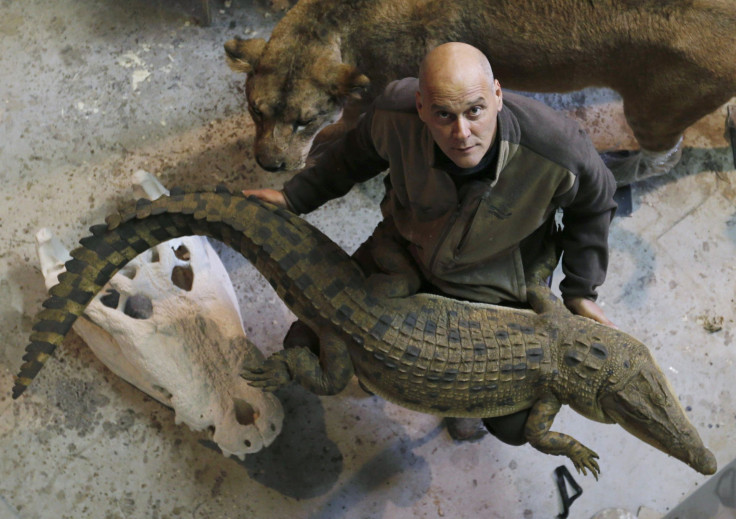Fearsome Croc, Carolina Butcher, Was Top Predator Before Dinosaurs

Paleontologists from North Carolina State University and the North Carolina Museum of Natural Sciences recovered parts of a crocodilian ancestor, Carnufex carolinensis, or the "Carolina Butcher.” The press release states that the nine-foot long crocodylomorph walked on its hind legs and was North America’s top predator before the dinosaurs took over the continent.
Parts of the Carnufex’s skull, spine and upper forelimb was recovered from the Pekin Formation in Chatham County, North Carolina. The Pekin Formation contains sediments deposited 231 million years ago. The time period was identified by the North Carolina as the breaking off from the supercontinent Pangea. Lindsay Zanno, lead author, assistant research professor at NC State and director of the Paleontology and Geology lab at the museum, states that this is the most important period as it provides insight into the “the earliest appearance of crocodylomorphs and theropod dinosaurs, two groups that first evolved in the Triassic period, yet managed to survive to the present day in the form of crocodiles and birds."
The findings show that large bodied crocodylomorphs formed the toped predators in the region before the dinosaurs. Since the area housed many top level predators, Zannon states that it was not clear if crocs joined the list. Wwhen they analysed the story behind the Carnufex, however, it became clear that it was a top predator of the time.
Paleontologists needed to reconstruct the structure of the skull as there were too many missing parts. They created a three dimensional model with the use of lthe atest imaging technology to get a wholesome view of the Carnufex. The complete skulls of close relatives were taken to fill the missing pieces and get a clearer image of the skull.
Zanno explained that when the dinosaurs arrived, they took the place of top predators for the next 135 million years, leading to the extinction of many of the predators and leaving behind small-bodied crocodylomorphs and theropods. "Theropods were ready understudies for vacant top predator niches when large-bodied crocs and their relatives bowed out," says Zanno.
Theropod dinosaurs became widespread and modern crocs became smaller with sleek bodies and long limbs, said Susan Drymala, graduate student at NC State and co-author of the paper.
View images of the reconstructed Carnufex here.
For questions/comments regarding the article, you may email the writer at samrichardson.ibtimes@gmail.com.




















